The Cacique (pronounced kəˈsēk) is a songbird that lives primarily in Central and South America. These birds comprise the taxonomic genus Cacicus. Some of their closer relatives are blackbirds, orioles, grackles, cowbirds, meadowlarks, and more.
Researchers recognize 10 different species within the genus. Read on to learn about the Cacique.
Description of the Cacique
Though there are several different species of Caciques, most are quite similar to one another. Their plumage, or feathers, is primarily black. Several different species have patches of yellow feathers above their tails or near their wings or shoulders.
Their bills are somewhat long and narrow, and they vary in color. Most species measure around 9 or 10 inches long, and weigh around 2 ounces, though their size varies.
Interesting Facts About the Cacique
Caciques are interesting little birds, with several different behaviors and traits that make them unique. Learn more about some individual species below.
- Yellow-Winged Cacique – It probably doesn’t take a rocket scientist to figure this one out, but these birds have yellow feathers on their wings. The tops of their shoulders, along with their tails, grow bright yellow feathers. These birds also sport a rockin’ hairstyle, with several long feathers creating an elegant crest on their heads.
- Yellow-Billed Cacique – Consequently, this species also fits its name well. While their plumage is stark black, this species has bright yellow eyes. Even though this species lives in South America, and has the same body shape and name as the rest of the Caciques, Yellow-Billed Caciques are not members of the Cacicus genus along with the other species.
- Yellow-Rumped Cacique – This species has a patch of yellow feathers in the area above its tail. It also sports yellow patches on the upper parts of its wings. When this species is young, their eyes are purple. When they reach two years of age their eyes change to blue, and by the time they reach sexual maturity, at three years old, their eyes change yet again – this time to yellow.
Habitat of the Cacique
Different species of these birds inhabit different types of ecosystems, though many species share habitat preferences. Most of them live in tropical or subtropical regions with warm temperatures and high rainfall, but some species live in temperate regions as well.
Some of their preferred habitats include forest edges, rainforest edges, riverine or riverside ecosystems, scrub forest, estuaries, wetlands, and more. Some species also live in or near human habitation, particularly farms or plantations.
Distribution of the Cacique
These birds live in different regions and ranges depending on the species. Overall, they live from Mexico through Central America, and into South America. Most species live in South America, particularly Brazil, Peru, Ecuador, Colombia, Paraguay, and more.
The ranges of some species run from Central America into Mexico. Some species live across large expanses of land, while others inhabit just a small region.
Diet of the Cacique
Caciques are omnivores, which means they eat both plants and small animals. The composition of their diet changes based on the season. While they are breeding, most of their diet consists of insects and other invertebrates.
Outside of the breeding season, adults feed primarily on fruits, berries, seeds, and nuts. They also occasionally feed on the nectar of flowers. Some of the different invertebrates that they hunt include grasshoppers, crickets, insect larvae, spiders, and more.
Cacique and Human Interaction
Human impact on these birds varies based on the species at hand. Most Caciques have healthy population numbers, though some populations are currently in decline.
Of the various species, those that human activity is currently impacting typically suffer due to habitat destruction. Deforestation, for the purpose of logging or agriculture, is a rampant problem in the Amazon Basin, and it impacts many different species.
Domestication
Humans have not domesticated these birds in any way.
Does the Cacique Make a Good Pet
No, Caciques do not make good pets. Even though they are quite beautiful, they are wild birds and do not thrive in a household setting. In many areas, it is illegal to own one as a pet.
Cacique Care
Because they are so strikingly colored, these birds are often quite popular residents in zoos. Their enclosures are quite large, and the vast majority of Caciques in zoos live in huge, aviary-style habitats. These aviaries are usually walk-through format, with many different trees, bushes, shrubs, water features, and bird species.
Zookeepers feed the birds based on their natural diet. Their diets typically include a variety of fruits, berries, seeds, crickets, mealworms, and pelleted insectivore diet.
Behavior of the Cacique
These birds are normally diurnal and active during the day. Their social behavior varies. Some species live in pairs or small flocks, while others live alone. Social species often nest in flocks or colonies as well. T
heir foraging behavior also varies. Some species search for food in the canopy of the rainforest, while other species forage on the ground by flicking through the leaf litter. As the breeding season arrives, even solitary species pair off and form nesting territories together.
Reproduction of the Cacique
Reproductive strategy and rate vary drastically from species to species. In some species, monogamous pairs form seasonally and care for the offspring. In other species, the males breed with several different females, and do not assist in rearing the chicks.
Some species lay a single egg, or a pair, while others lay up to five or six eggs. Incubation rates also vary, with some species incubating their eggs for two weeks and others incubating their eggs for up to a month. The chicks are helpless when they hatch, and take various amounts of time to reach fledging age and leave the nest.


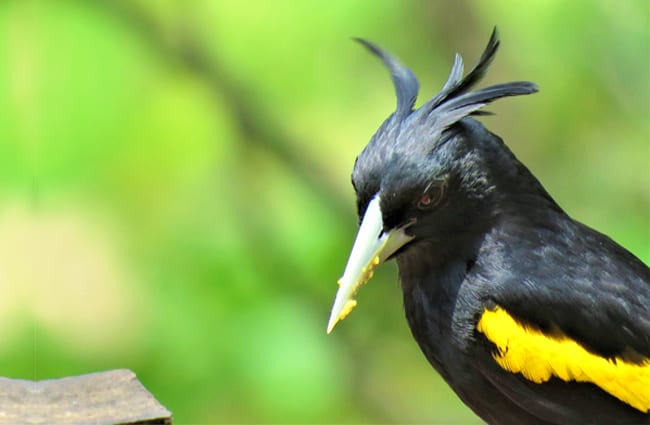
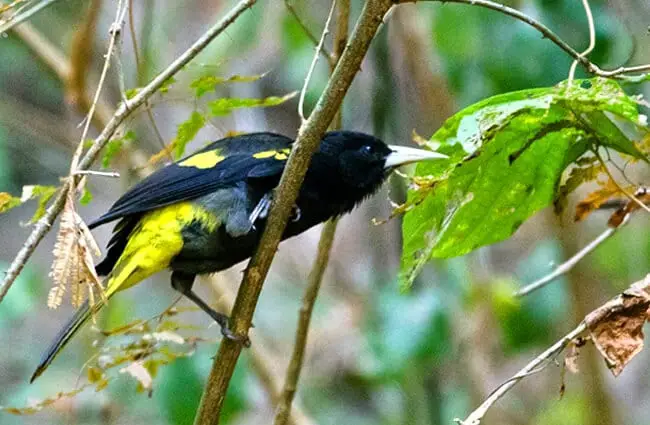
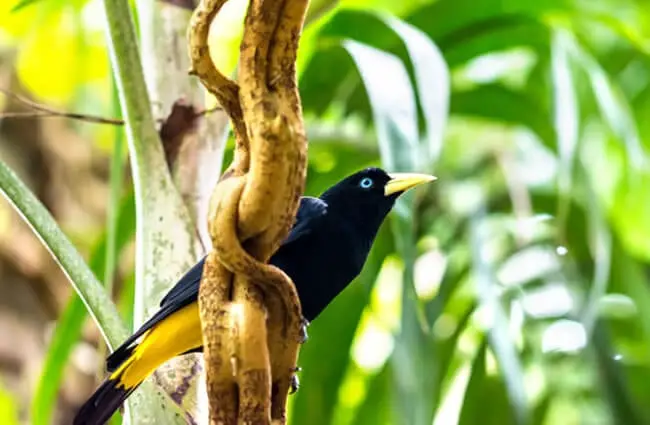
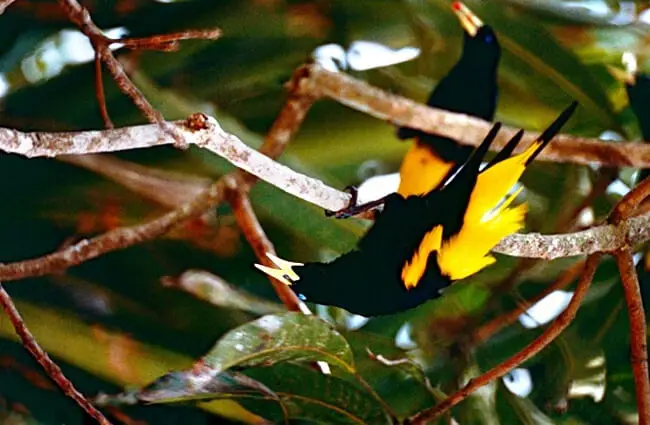
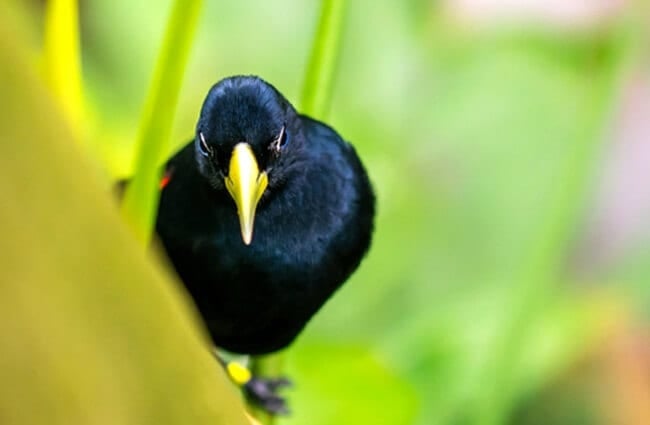
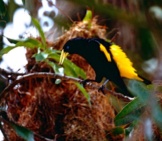

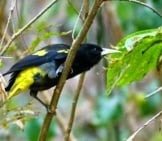
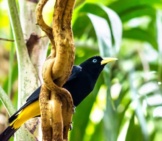
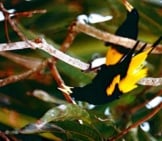
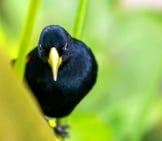
![Red Angus Closeup of a beautiful Red Angus cowPhoto by: U.S. Department of Agriculture [pubic domain]https://creativecommons.org/licenses/by/2.0/](https://animals.net/wp-content/uploads/2020/03/Red-Angus-4-238x178.jpg)












![Red Angus Closeup of a beautiful Red Angus cowPhoto by: U.S. Department of Agriculture [pubic domain]https://creativecommons.org/licenses/by/2.0/](https://animals.net/wp-content/uploads/2020/03/Red-Angus-4-100x75.jpg)

